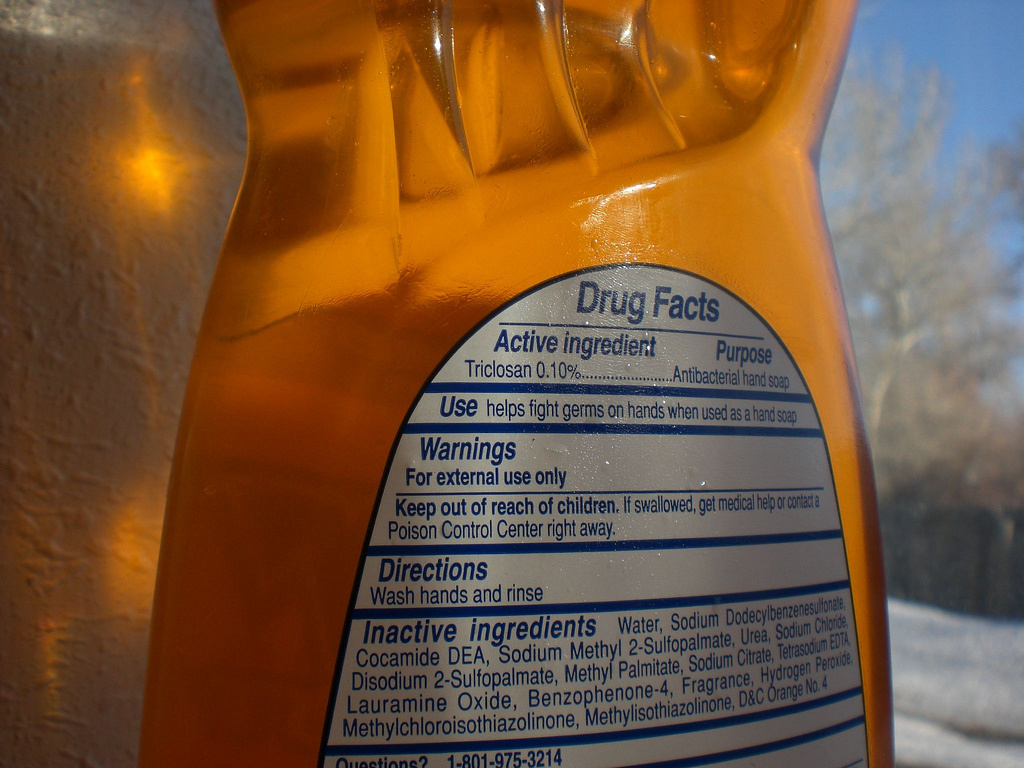Send your question to Umbra!
Q. Traditional wine bottles weigh a lot to transport, but the glass and cork seem to be good for recycling. The economical cardboard wine box weighs a lot less and can also be recycled or composted, but inside the box there is a plastic bag which may be recyclable, but may also impart unwanted ingredients to the wine.
Could we add a little weight in the formula to the health of the consumer, since the environmentally and politically active part of the population seems to include a higher percentage of wine drinkers (impression, not hard data), who, if they remain healthy, may better be able to help restore our planet’s health?
Ron L.
Philadelphia, Penn.
A. Dearest Ron,
Your question puts the environmental impact of wine in a whole new light. If the world indeed depends upon the health of our wine-swilling, lefty-leaning, grassroots-organizing neighbors, then the presence of dangerous chemicals in their Chablis is a matter of national, nay, global security.
And even if your assumption about a link between wine drinking and eco-activism doesn’t pan out (though it sure is fun to examine the evidence), the health effects of a particular wine package are worth considering when we’re choosing between bottles and boxes.
You’ve nicely summarized many of the pros and cons associated with wine packaging options, Ron. Of our leading choices — glass bottles, plastic bags inside cardboard boxes, and aseptic, juicebox-style cartons — we’ve found the aseptic cartons have the lowest overall environmental impact, from production resources to transport to recycling options (though the growing popularity of refillable wine bottles is no doubt a point in their favor). But are we toasting with a toxic brew when we pour from anything other than the traditional glass?
Good news: According to the Food and Drug Administration, the earth-friendliest choice, the aseptic package, has no associated health effects. These composite cardboard cartons are lined with a low-density polyethylene layer, which blocks any aluminum in the package from contacting the wine and doesn’t itself leach into your Chardonnay. Aseptic containers are also free of the dreaded bisphenol A (BPA), a component of some plastic products that’s linked to hormone disruption and developmental problems.
The bag-in-a-box packages are a little more complicated. The plastic pouches inside these boxed wines are #7 plastic, which may or may not contain BPA (and can be tough to recycle, depending on where you live). Not all brands are BPA-positive, though, and you can bet any winery that offers BPA-free pouches will announce it on the package or its website. Your best choice here is to do a little poking around before you buy.
But I’m afraid there are some sour grapes to report, no matter which packaging you pick. BPA is also found in epoxy resins, which are sometimes used to line wine vats (uncoated stainless steel vats are another option). One study found very low levels of BPA in wines from vats, glass bottles, and aseptic cartons alike, and scientists have found that some synthetic corks leak an estrogen-like substance too.
In vino veritas, Ron, and the truth is there may be no sure way to completely avoid weird chemicals short of opening your own vineyard. But then again, on the health scale, trace amounts of BPA have nothing on guzzling too much wine in the first place, or of drinking and driving. As long as today’s green heroes drink responsibly, walk or bike to the liquor store, and choose their pinots wisely, they can move on to discussing bigger issues. After all, no one finds a solution to all the world’s problems at the bottom of a wine glass.
Oenophilically,
Umbra



